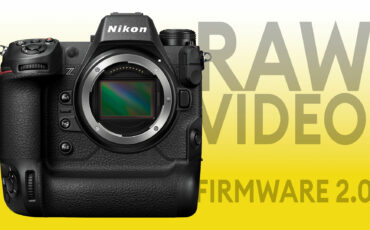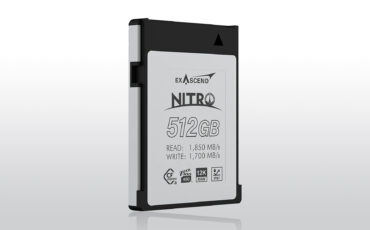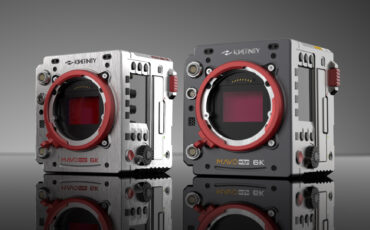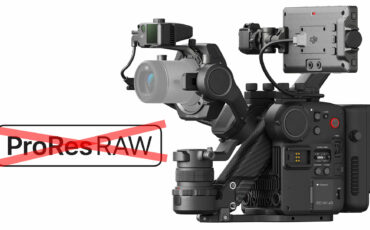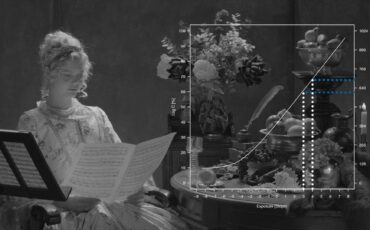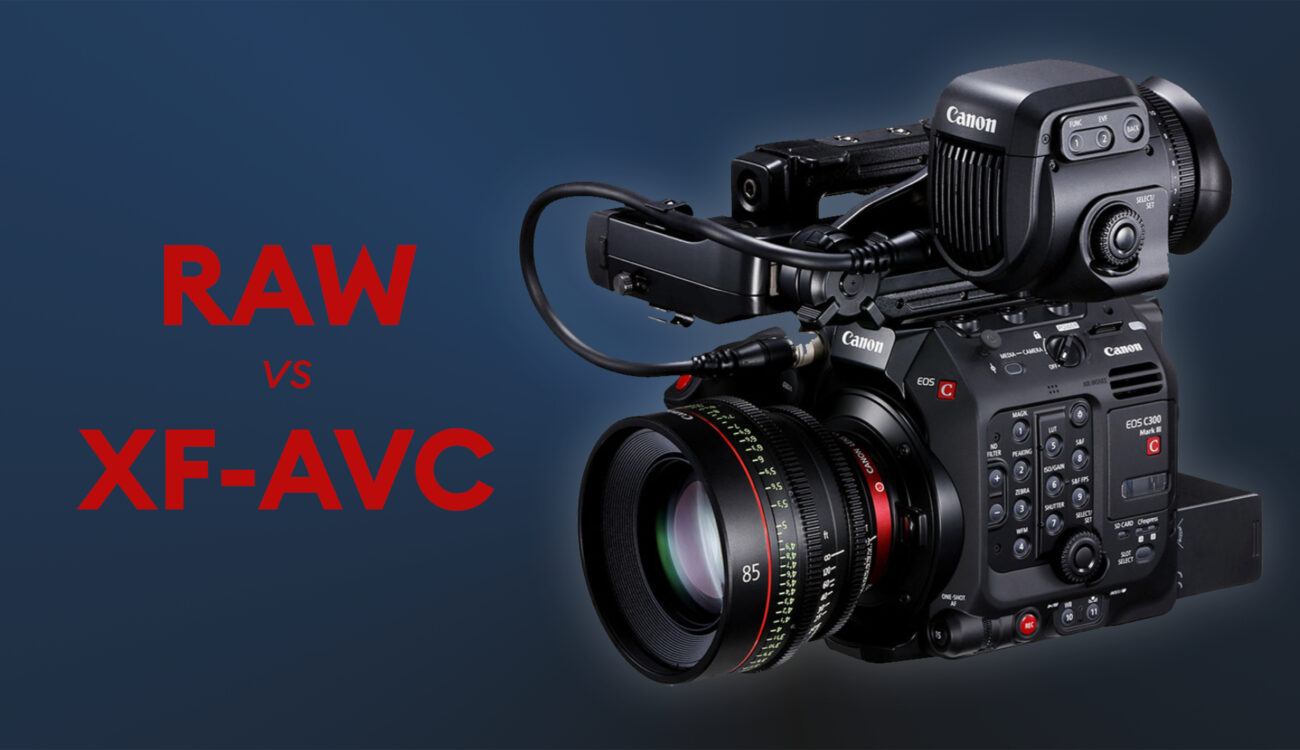
Shooting in RAW format is the go-to method if you want superior image quality, flexibility in post-production, and peace of mind that you’re getting nothing but the best out of your camera, right? Well, not so fast. Björn Kurtenbach took a comprehensive look at the differences between processed XF-AVC and RAW formats with his Canon EOS C300 Mark III.
Being a filmmaker and cinematographer for many years, Björn Kurtenbach has gained some experience with different shooting formats over the years. And now that RAW formats seem to have finally become mainstream in many sub-$10-15k cameras (Nikon Z 9 for example – article here), the question arises whether it really makes sense to shoot everything in RAW.
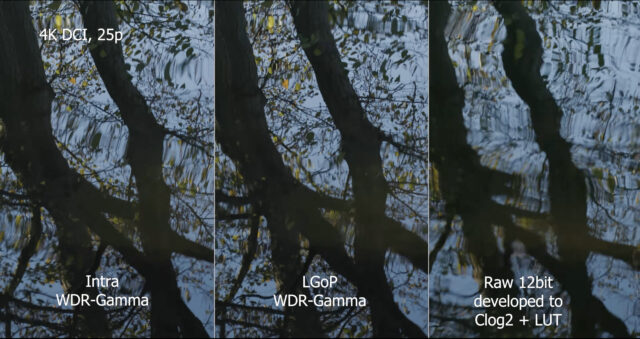
XF-AVC vs RAW
The Canon EOS C300 Mark III offers something called Cinema RAW Light as an internal recording option. This format is somewhat manageable in terms of file sizes, as its bitrate is only a tad higher than the XF-AVC All-I (Intra-Frame) codec. Since huge file sizes are one of the most commonly cited problems in RAW workflows, Björn thought this might be a good approach to test the actual image quality of the RAW-Light format compared to AF-AVC codecs in both intra-frame and inter-frame compression.
It turns out that filming in RAW format just for the sake of it doesn’t make much sense. The image quality is not better per se. It does hold the potential to deliver better image quality, but not in all shooting situations. RAW is certainly not the holy grail here.
On the flip side, there are many cases where the internal (compressed) XF-AVC footage looks great, even better than the developed RAW footage. And that’s another caveat: you can’t just throw a bunch of RAW clips on your timeline and start working, you have to develop them first. You can certainly do that, sorry, my bad. However, in many cases it is easier to deal with processed footage than with a bunch of RAW parameters and settings. And, depending on your scenario, the delta in image quality is not always worth it.
One technical detail to note though: XF-AVC is limited to 4K DCI (4.096 x 2.160) or 4K UHD (3.840 x 2.160) in 10-bit 4:2:2 in All-I compression while HD (1.920 x 1.080) offers upt to 12-bit 4:4:4 in All-I mode – for the EOS C 300 Mark II that is, the Mark III caps HD at 10-bit 4:2:2, too. Lower resolutions and Long-GOP (Group of Pictures / inter-frame) compression is also possible. So for resolution-aficionados, RAW formats have more to offer (depending on the sensor).
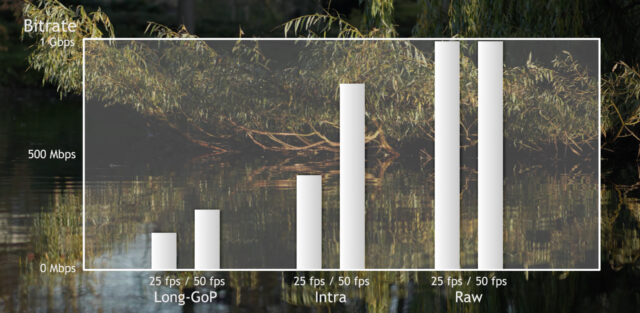
Perhaps the most important point here is this: Modern cameras are amazing devices, they are highly specialized computers with an image sensor attached. And they offer many clever tools to process the incoming sensor information in a way that provides the user with great footage to work with on the fly. Log formats give the flexibility needed, noise reduction algorithms clean up the footage before it’s written to the cards, digital image stabilization reduces camera shake, and other digital tricks greatly reduce chromatic aberration and other nasties.
With RAW, none of that is the case. Sure, you have full control over the development and fine-tuning of the footage you shoot, but: you actually have to do it. And the results, as the video above shows, are not always worth the hassle, at least in my book.
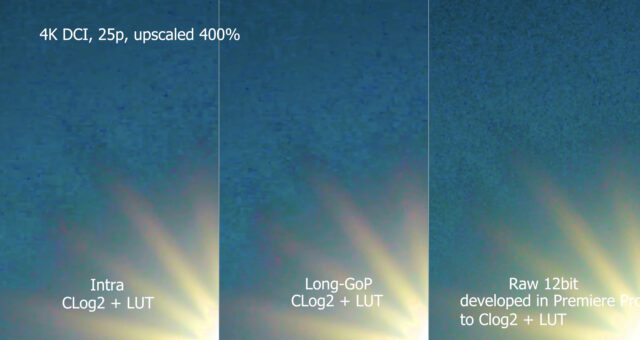
I won’t list all the tested aspects and results of the video here, as this topic is more about seeing the results than reading about them, instead, I’ll leave it to you to draw your own conclusions. For me personally, a well-compressed format like XF-AVC All-I using a log-gamma curve is all I need for most jobs. RAW may sound fancy, but with all the hassle involved, I think it’s only worth it if you really need it for a very specific application.
Link: kurtenbachfilm.de
What do you think? Do you shoot RAW or do you prefer a solid LOG format using a compressed codec? Share your experiences in the comments below!
